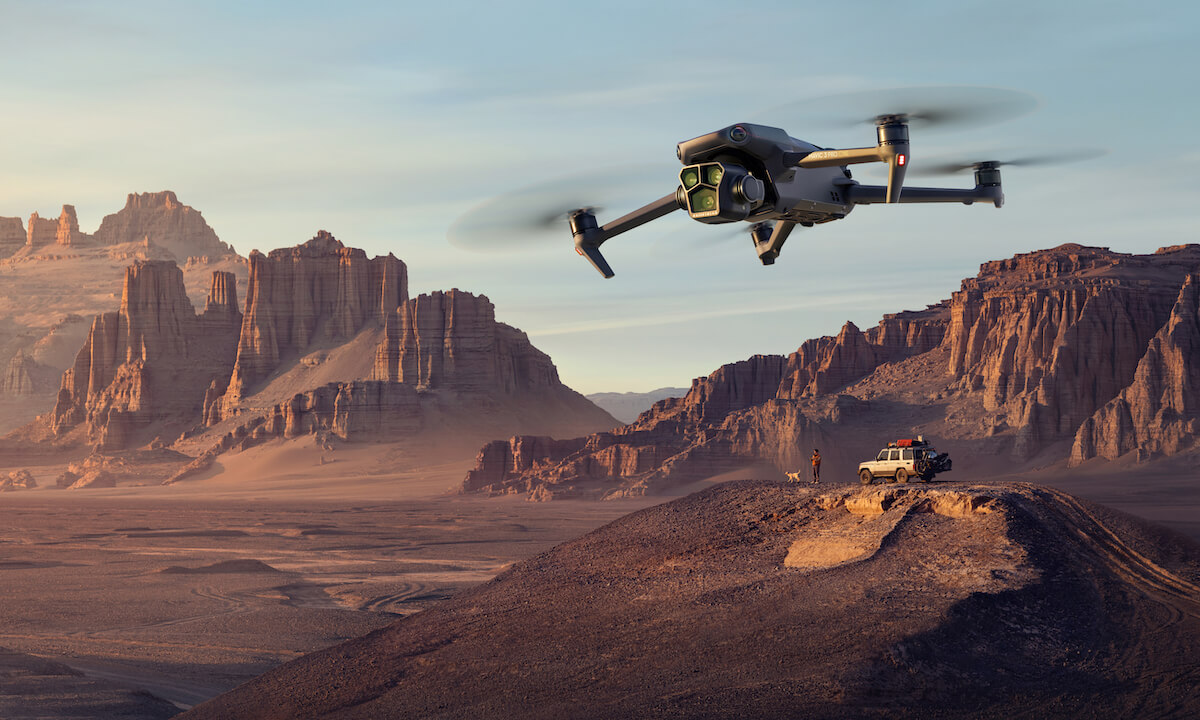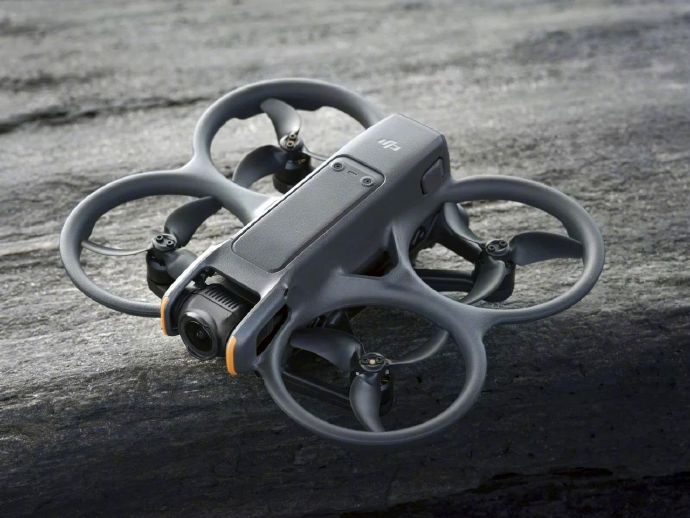Exploring the Capabilities of Professional Drones with Camera
The world of aerial photography and videography has experienced significant advancements, primarily due to the remarkable progress in professional drones with cameras. These sophisticated gadgets not only elevate your creative endeavors but also offer an array of features that make capturing breathtaking aerial shots a seamless experience. In this comprehensive guide, we delve into the top features that set these drones apart, ensuring that enthusiasts and professionals alike make informed decisions when selecting their next aerial companion.
Camera Quality and Resolution
When it comes to professional drones, one of the paramount aspects is the camera quality. These devices typically come equipped with high-resolution cameras capable of shooting 4K video and capturing stunning still images. With advanced sensors and state-of-the-art lens technology, these cameras ensure unparalleled image clarity and vibrant colors, making them ideal for both commercial and personal projects.
Stability and Flight Performance
A critical factor in achieving perfect aerial shots lies in the drone’s stability and flight performance. Professional drones are designed with cutting-edge stabilization technologies, such as gimbals and GPS-based systems, to minimize vibrations and maintain steady footage even in challenging conditions. Advanced autopilot capabilities further enhance the user experience, allowing precise navigation and obstacle avoidance.
Battery Life and Range
Endurance in the skies is essential for capturing extensive aerial footage, and professional drones often come with impressive battery life. Extended flight durations, often exceeding 30 minutes, provide ample time to explore vast landscapes or monitor large properties. Additionally, many models feature long-range capabilities, enabling operators to venture further afield without losing connectivity or control.
Intelligent Features and Controls
Today’s professional drones are equipped with intelligent features that simplify the aerial photography process. Functions like follow-me mode, point of interest, and waypoint navigation allow for automated flight paths, freeing up the operator to focus on shot composition and creativity. Integrated remote control apps grant users access to a plethora of settings, optimizing their experience with intuitive controls.
Portability and Build Quality
For professionals on the move, portability is a crucial consideration. Many drones are designed with foldable components and lightweight materials, making them easy to transport without sacrificing structural integrity. High-quality builds ensure resistance to wear and tear, as well as protection against environmental factors, guaranteeing durability.
Customization and Upgradability
The ability to tailor your drone to meet specific needs is an appealing prospect. From interchangeable camera lenses to additional payloads and sensors, customization options abound. Software upgrades also enhance drone performance over time, ensuring operators have access to the latest technological advancements.
FAQs and Additional Insights
What is the best altitude for aerial photography?
Optimal altitudes can vary depending on the subject. Generally, between 50-150 meters provides excellent coverage and detail without compromising on image quality.

How can I ensure safety while flying?
Firstly, familiarize yourself with local regulations and restrictions. Secondly, practice in open areas, maintaining visual line-of-sight at all times. Lastly, regularly check and maintain your drone to prevent technical failures.

Are larger drones better for professional photography?
Larger drones often offer superior stability and higher load capacities, but the choice ultimately depends on your specific requirements, including portability and the complexity of your projects.
